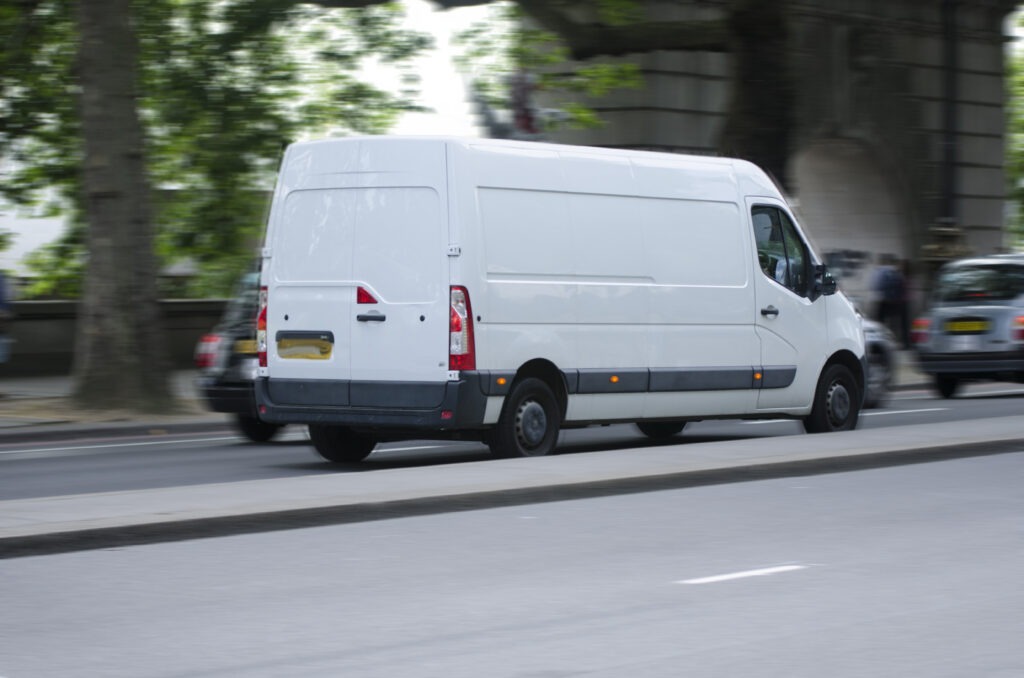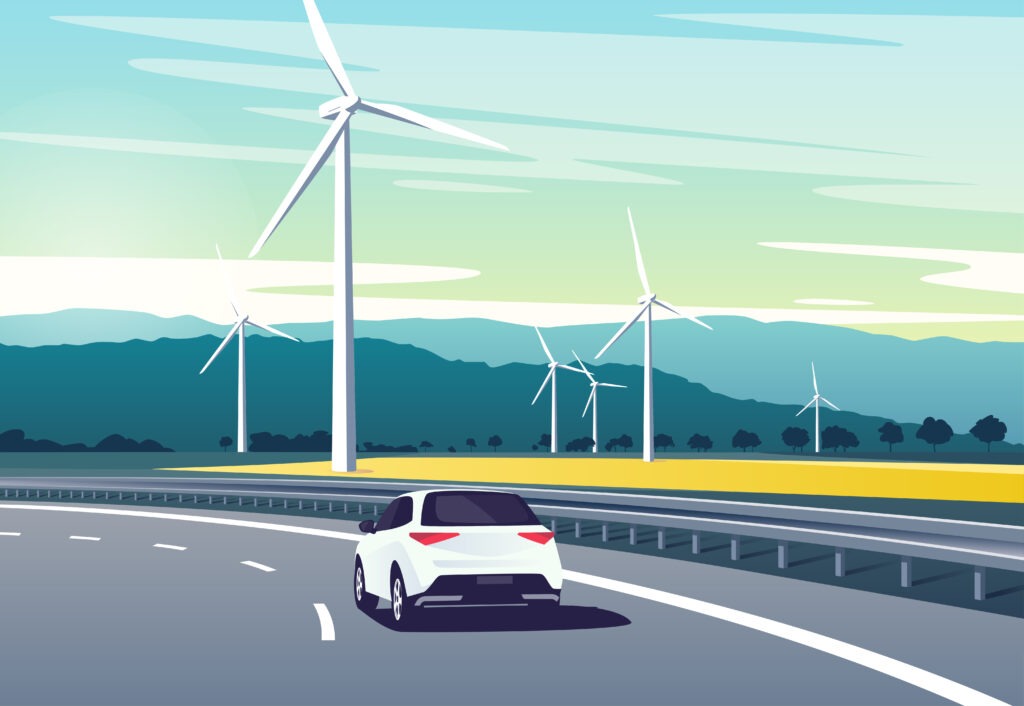June caps a poor quarter for new-car registrations in EU
19 July 2024

New-car registrations in the EU increased in June, yet this was driven solely by hybrid volumes. Autovista24 special content editor Phil Curry analyses the powertrain performances across the year.
The EU’s new-car market saw registrations improve in June. A total of 1,089,925 passenger cars left showrooms in the month, a 4.3% increase year on year. However, the market was driven purely by deliveries of full hybrids (HEVs) and mild hybrids (MHEVs). Every other major powertrain experienced declines in June.
The latest figures from the European Automobile Manufacturers Association (ACEA) show a bounce back from a poor performance in May. With declines in March as well, it seems that 2024 is a much more unstable year than 2023.
Three of the bloc’s four major markets saw growth in June, with Italy leading the way, up 15.1% thanks to new incentives on battery-electric vehicle (BEV) purchases. Germany experienced a 6.1% improvement despite ongoing problems in its all-electric market. Spain saw slow growth of 2.2% ahead of its regular summer boost.
France, however, saw its negative run of results, with a 4.8% registrations decline. The Netherlands, Sweden and Belgium, which help drive the EU’s BEV market, also experienced overall drops, of 11.9%, 10.2% and 4.1% respectively.
Improvement steady
In the first half of 2024, the EU market was up by 4.5%, with 5,683,843 units delivered. This was an improvement of 244,955 registrations over the first six months of last year.
The first and second quarters recorded growth, with a 4.4% registrations rise between January and March, according to Autovista24 calculations. This improved to a 4.6% increase between April and June, compared to the same period last year.
All four of the EU’s biggest markets recorded growth in the year to date. Spain led the way with a 5.9% improvement, followed by Germany (up 5.4%), Italy (up 5.4%) and France (up 2.8%).
Between January and March figures in France improved by 5.7%. However, the market struggled in the second quarter, only managing a 0.2% improvement. A strong April was offset by losses in May and June.
Spain led the way among the big markets in the second quarter, according to Autovista24 calculations. The country’s new-car market grew by 8.5% between April and June, with Germany up by 6.4%, and Italy improving by 5%.
Hybrid help
For the second month in a row, the hybrid market made up of HEVs and MHEVs, propped up the EU’s new-car market.
A total of 321,959 hybrid models took to roads in June, up 26.4% compared to the previous year. This equated to 67,166 more units than 12 months ago, and a 29.5% market share, improving by 5.1 percentage points (pp) year on year.
Across the first six months of the year, hybrids have been the strongest-performing powertrain. Thanks to over 1.6 million units, the category recorded a 22.3% improvement in deliveries. This resulted in a market share of 29.2%, up 4.2pp.
However, the market is still lagging behind petrol registrations, despite the recent struggles of the internal-combustion engine (ICE).
Yet hybrids have been the most consistent performing powertrain across the first two quarters. Their 19.5% registrations increase between January and March was beaten by a 24.8% improvement between April and June. All other powertrains suffered declines in at least one quarter, with the exception of the small-volume ‘other’ category.
This highlights the popularity of hybrid technology. This comes at a time when the popularity of electric vehicles (EVs), consisting of plug-in hybrids (PHEVs) and BEVs, has plateaued. With carmakers introducing more HEV and MHEV options, buyers are moving towards the technology, making use of the powertrain’s price and fuel economy benefits.
EV exhaustion
Rather than a slowdown, the EV market has registration levels stabilised. This follows years of high performances, as buyers flocked to plug-in powertrains.
In June, BEV registrations fell by 1% across the EU, with 156,408 deliveries. This was only 1,574 units lower than the figure recorded in 2023. It gave the technology a 14.4% market share, down by 0.7pp year on year.
How BEVs performed in the major EU markets has differed to other powertrains. Both Italy and Spain have often been outperformed by Belgium, Sweden, the Netherlands and Denmark when it comes to all-electric registrations. However, Italy saw its figures outperform three of these four markets in June thanks to new incentives for the powertrain.
The country recorded 13,365 BEV deliveries in the month, up 117.4% year on year. Belgium saw a 50.4% rise with 13,714 units. The Dutch all-electric market fell 15% with 11,537 units. Denmark recorded a 56.6% growth reaching 9,941 registrations and Sweden dropped 16.8% as 9,118 BEVs took to the roads.
Both Germany and France saw BEV declines, down 18.1% and 10.3% respectively, while Spain was up 1%, with 5,531 units. Italy, Belgium and Denmark’s performances helped to offset the big losses from Germany and France, but were not enough to foster growth in the month.
Natural progression
In the first half of the year, BEVs improved their registrations tally by 1.3%. Denmark (up 49%) led the way, followed by Belgium (up 47.8%), France (up 14.9%), Italy (up 7%), Spain (up 5.2%) and the Netherlands (up 4.1%). However, the EU figures were hampered by big declines in Germany (down 16.4%) and Sweden (down 19.9%).
In the year-to-date, all-electric vehicles took a 12.5% share of the market according to Autovista24 calculations. This was down by 0.4pp compared to the first half of last year. In total, 712,637 BEVs have been delivered to customers, 9,245 more than at the same point last year.
In the first three months of the year, registrations were up 4%, according to Autovista24 calculations. But the powertrain struggled between April and June, with deliveries falling by 0.8%.
Rather than a slowdown, the BEV market has simply come up against some strong growth figures in comparison with last year. In 2023, all-electric models improved deliveries by 51.9% in April, 70.9% in May and 66.2% in June. This meant at the end of the first half of 2023, the BEV market was up 53.8%.
With changes to incentive schemes in France and Germany, the market seems to have reached its natural level. Figures in the second half of 2024 may be more stable. This is a result of BEV figures from Germany being set against lower numbers from September 2023 onwards, following business subsidy cuts.
There is, however, likely to be a decline in BEV registrations in August. The pull-forward effect in Germany in 2023 saw the all-electric technology lead the market as businesses took advantage of the last month of EV incentives.
PHEV problems
For the PHEV market, June represented its worst performance of the year to date. Registrations were down by 19.9%, meaning 16,465 fewer units were delivered in the month.
The technology took a 6.1% share of the market, down by 1.8pp, leaving it with the smallest hold of the major powertrain types. All major markets saw declines, with Italy down 24.5%, followed by France (down 21.7%), Spain (down 19.2%), and Germany (down 3.4%). In addition, Belgium saw PHEV deliveries decline 49.2%, while the Netherlands recorded a 5.9% increase.
With the drop in BEV registrations, this poor performance meant that EV deliveries fell by 7.5% in June, with 222,890 units. This equated to a 20.5% market share down 2.6pp.
In the first half of 2024, PHEVs accounted for just 6.9% of the market, with registrations declining 2.5%. While deliveries were up by 7.6% between January and March, there was an 11.5% decline in the figures from April to June. This left plug-in hybrids as the worst-performing powertrain across the last three months.
The first half of the year also saw the overall EV market decline, with 0.1% fewer registrations in the year to date. Its market share in the first six months has dropped 0.9pp
ICE stability
Petrol and diesel recorded small losses in June, of 0.7% and 0.9% respectively. Both powertrains remained stable compared to figures from 2023. Petrol registrations fell by 2,790 units, while diesel deliveries dropped by 1,249 units. Combined, the ICE market declined by 0.8% in the month, posting 513,657 deliveries.
Petrol’s 375,393 registrations delivered a 34.4% market share, down from 36.2% a year previously. Meanwhile, diesel’s 138,264 units gave it a 12.7% market share, down from the 13.4% seen in June 2023.
In the year to date, petrol continued its registrations slide, albeit by a small amount. The 0.5% fall in the first half was only slightly worse than the 0.4% recorded after five months. The fuel struggled in the first quarter, with a 1.2% decline. Then in the second quarter, the market remained stable with a minute 0.05% increase.
For diesel, the first half saw a 7.4% drop, although its market share of 12.9% was above BEVs. The powertrain was buoyed by a stronger second quarter. A 10.3% fall in the first three months of the year was followed by a 4.2% decline between April and June, according to Autovista24 calculations.
The overall ICE market ended the half down by 2.5% compared to last year. Thanks to the performance of hybrids, ICE no longer dominates the market. Instead, electrified vehicles lead the way, with a 48.6% market share in the year to date.



